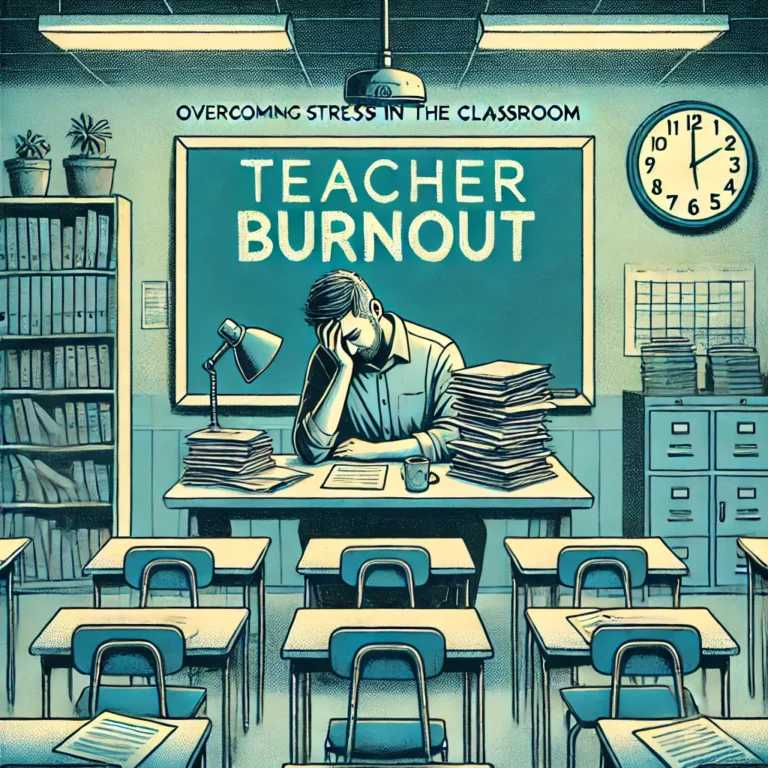Teaching is often called a labor of love, but for many educators in the United States, the passion for shaping young minds is met with overwhelming stress and exhaustion. Teacher burnout has become a significant issue, affecting not only the well-being of teachers but also the quality of education students receive.
One primary cause of burnout is the excessive workload. Teachers are expected to plan lessons, grade assignments, manage classroom behavior, and provide individualized attention to students—all often without adequate support. This workload extends beyond the classroom, consuming personal time meant for rest and family.
Another contributing factor is the pressure from standardized testing. Educators feel compelled to “teach to the test,” which can stifle creativity and limit the depth of learning experiences. This pressure not only increases stress but also diminishes job satisfaction.
Lack of administrative support and insufficient resources further exacerbate the problem. Teachers may feel isolated in addressing classroom challenges without proper guidance or tools, leading to frustration and disengagement.
To combat burnout, it’s crucial for schools and policymakers to:
- Provide mental health resources: Offering counseling and stress management programs can help teachers cope with the demands of the job.
- Promote work-life balance: Encouraging reasonable work hours and respecting personal time can prevent overload.
- Enhance support systems: Strong mentorship programs and collaborative environments can make teachers feel valued and supported.
Ultimately, addressing teacher burnout is essential for maintaining a healthy educational system where both teachers and students can thrive.


